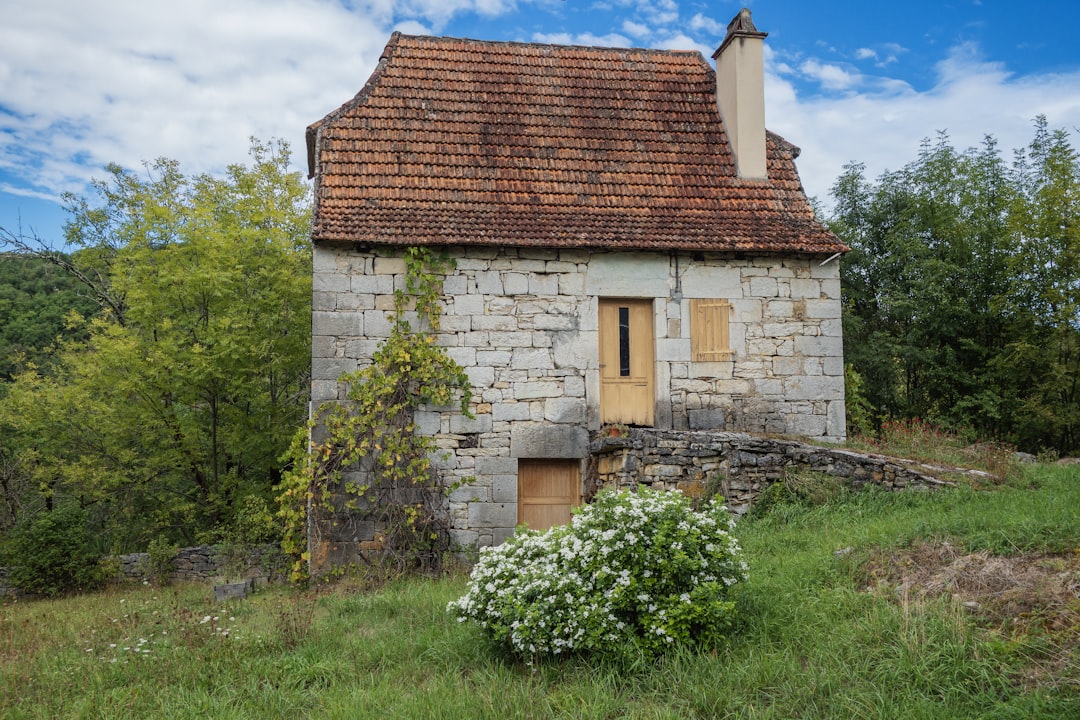In many cities, vacant lots are a common sight—abandoned parcels of land overgrown with weeds, filled with debris, or simply left barren. While they may appear to be forgotten or useless, these spaces hold untapped potential. One of the most impactful and community-driven ways to reclaim these underutilized areas is through community gardening.
Community gardens have the power to transform empty lots into vibrant, productive green spaces, offering food, connection, beauty, and environmental benefits. In this post, we’ll explore how communities are reclaiming vacant land, the process of transformation, and the lasting impacts on neighborhoods.
Why Vacant Lots Matter
Vacant lots can have a significant negative impact on urban communities:
-
They contribute to urban blight and declining property values.
-
They often become dumping grounds or sites of illegal activity.
-
They disconnect neighborhoods and reduce usable public space.
But when these lots are reimagined as community gardens, they become sources of renewal and empowerment.
The Power of Community Gardens in Urban Renewal
🌱 Turning Neglect into Nurture
Community gardens bring life and purpose to previously forgotten places. By clearing debris, preparing the soil, and planting together, neighbors build a sense of ownership and pride in their environment.
🏙 Improving Neighborhood Aesthetics
A once-blighted lot becomes a beautiful green space filled with flowers, vegetables, art, and seating. This improvement often inspires broader neighborhood clean-up and beautification efforts.
👩🌾 Engaging Residents in Place-Making
Vacant lot transformations are most successful when residents lead the effort. These projects empower people to shape their surroundings and directly address local needs—whether it’s food access, safe play areas, or gathering space.
🌍 Supporting Environmental Goals
Reclaimed lots help reduce heat islands, manage stormwater, and improve air quality. They also provide opportunities for composting and pollinator-friendly planting.
Steps to Transform a Vacant Lot into a Community Garden
-
Identify a Site
Look for publicly or privately owned lots that are underutilized. Vacant city-owned parcels, school grounds, or unused church property can all be great candidates. -
Engage the Community
Hold meetings, surveys, or informal conversations to gather support and ideas. The garden should reflect the needs and dreams of those who will use it. -
Secure Permission and Partnerships
Work with local governments, land banks, or nonprofits to obtain access to the land. Partnering with urban agriculture organizations or neighborhood associations can provide helpful resources. -
Clean and Prepare the Land
Remove trash, test and amend the soil (if needed), and address safety concerns. Some projects bring in raised beds if the soil is heavily contaminated. -
Design the Garden Collaboratively
Involve the community in designing the layout, choosing plants, and planning shared areas like tool sheds, compost bins, or picnic tables. -
Plant and Grow
Celebrate the launch with a planting day, workshop, or festival. Encourage continued participation with programming, events, and ongoing maintenance plans.
Long-Term Impact of Vacant Lot Reclamation
The transformation of vacant lots into gardens has ripple effects across entire neighborhoods:
-
Crime reduction: Studies have shown that greened vacant lots are associated with decreased gun violence and vandalism.
-
Economic uplift: Property values often rise near community gardens, and local businesses may benefit from increased foot traffic.
-
Healthier communities: Access to fresh produce and green space improves physical and mental health outcomes.
-
Social cohesion: Residents build relationships across cultures, generations, and income levels.
Real-World Examples
-
Detroit, MI: With thousands of vacant lots, Detroit has become a leader in urban agriculture. Organizations like Keep Growing Detroit have helped transform many of these spaces into productive community gardens and farms.
-
Philadelphia, PA: The Pennsylvania Horticultural Society’s LandCare program cleans and greens vacant lots across the city, often converting them into gardens or temporary green spaces.
-
Los Angeles, CA: In underserved neighborhoods, groups like LA Green Grounds have turned empty lots into edible gardens while educating residents on nutrition and gardening.
Final Thoughts
Vacant lots may start as symbols of neglect, but with vision and collaboration, they can become beacons of renewal and resilience. Community gardens offer a grassroots, hands-on way to reclaim land, empower residents, and build healthier, more connected neighborhoods.
By turning gray spaces into green places, we’re not just growing plants—we’re growing hope, opportunity, and belonging.
Are you interested in transforming a vacant lot in your area? We can help guide you through the process, connect you with local partners, and provide design and planning support. Let’s bring new life to forgotten places—one garden at a time.

Comments
No comments yet. Be the first to comment!
You must be logged in to comment. Login